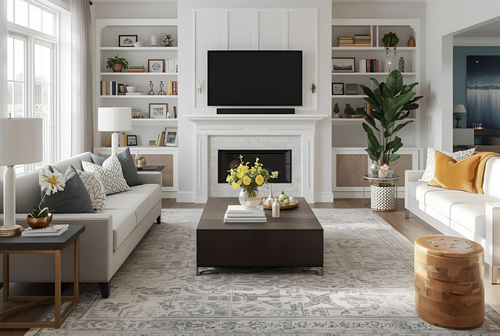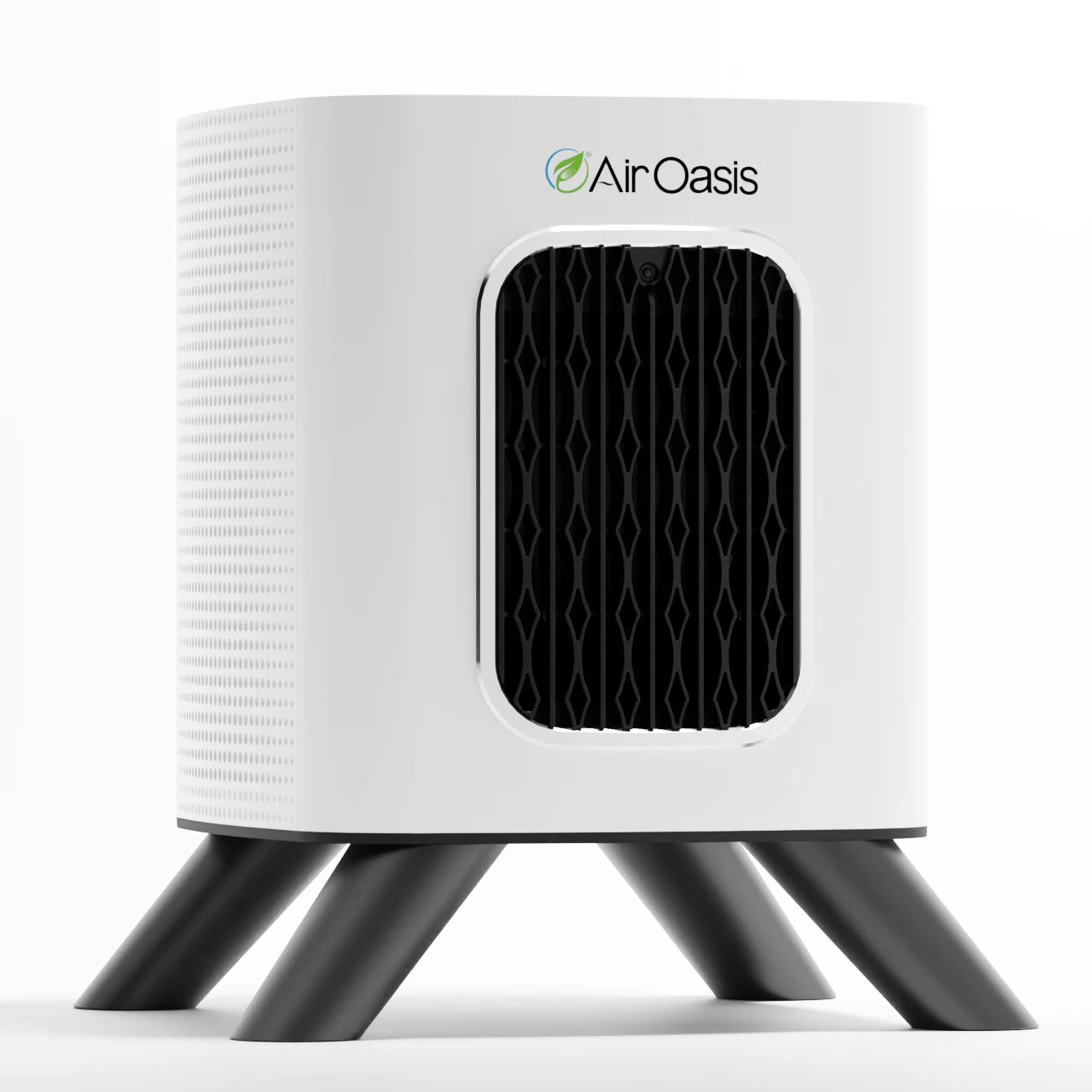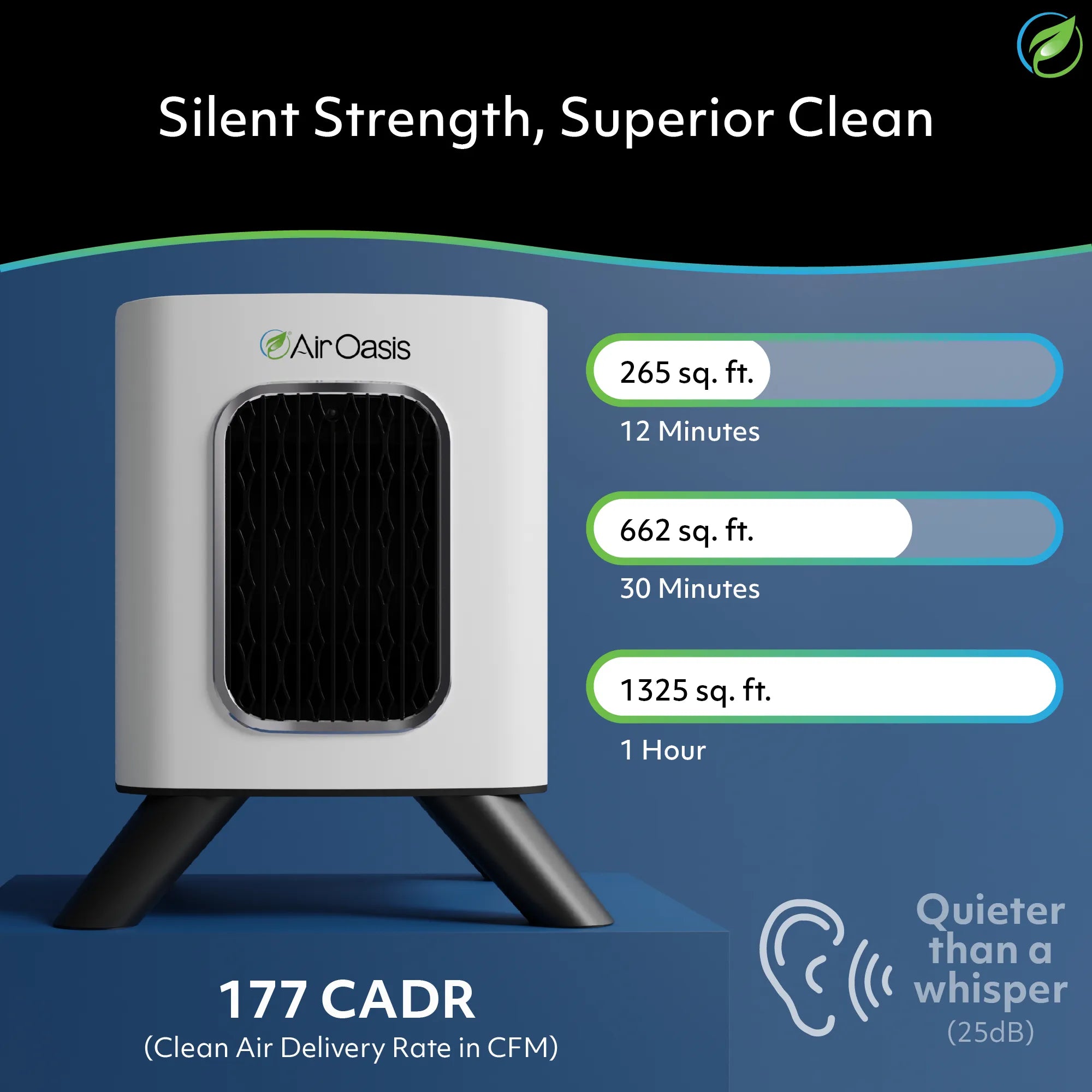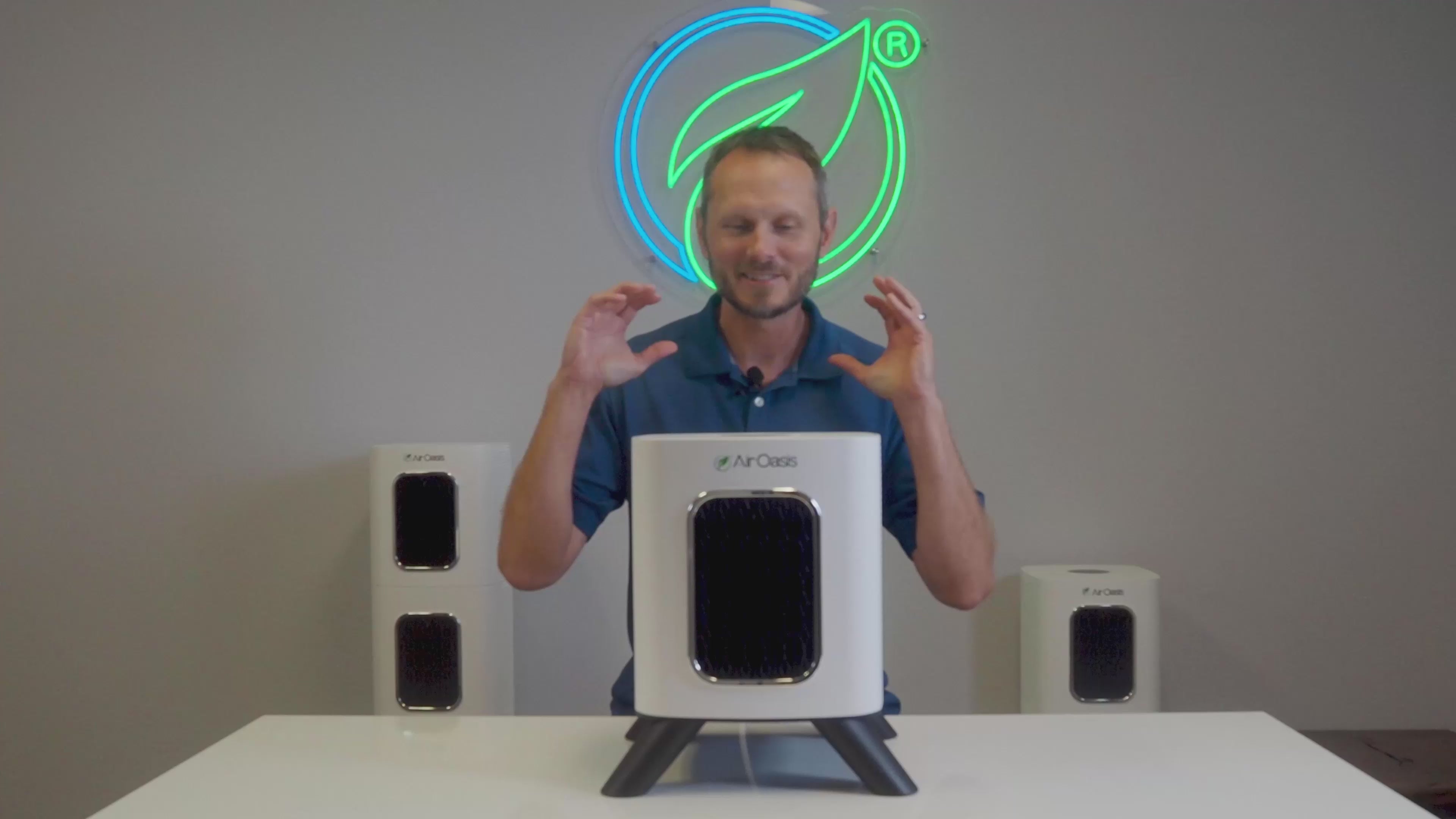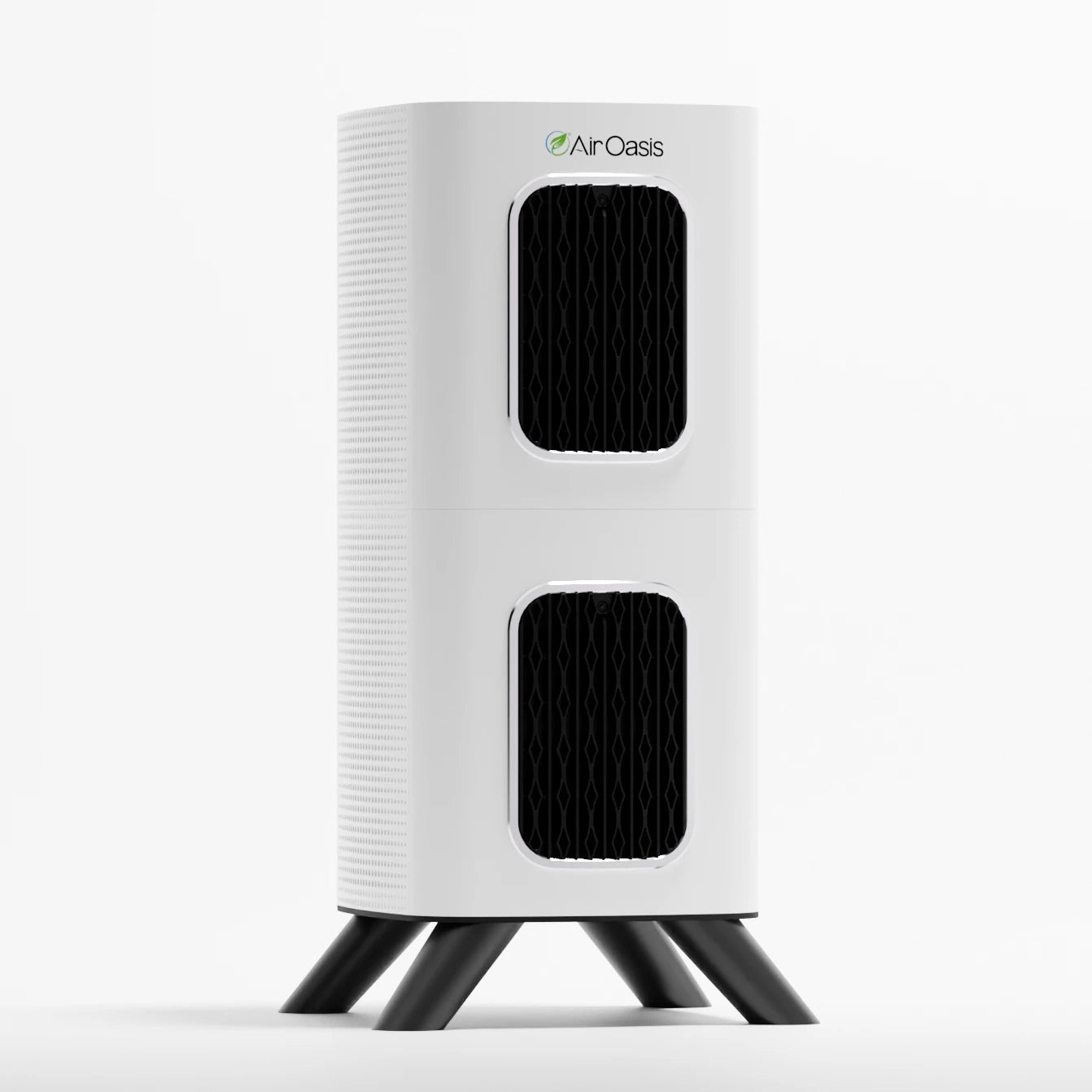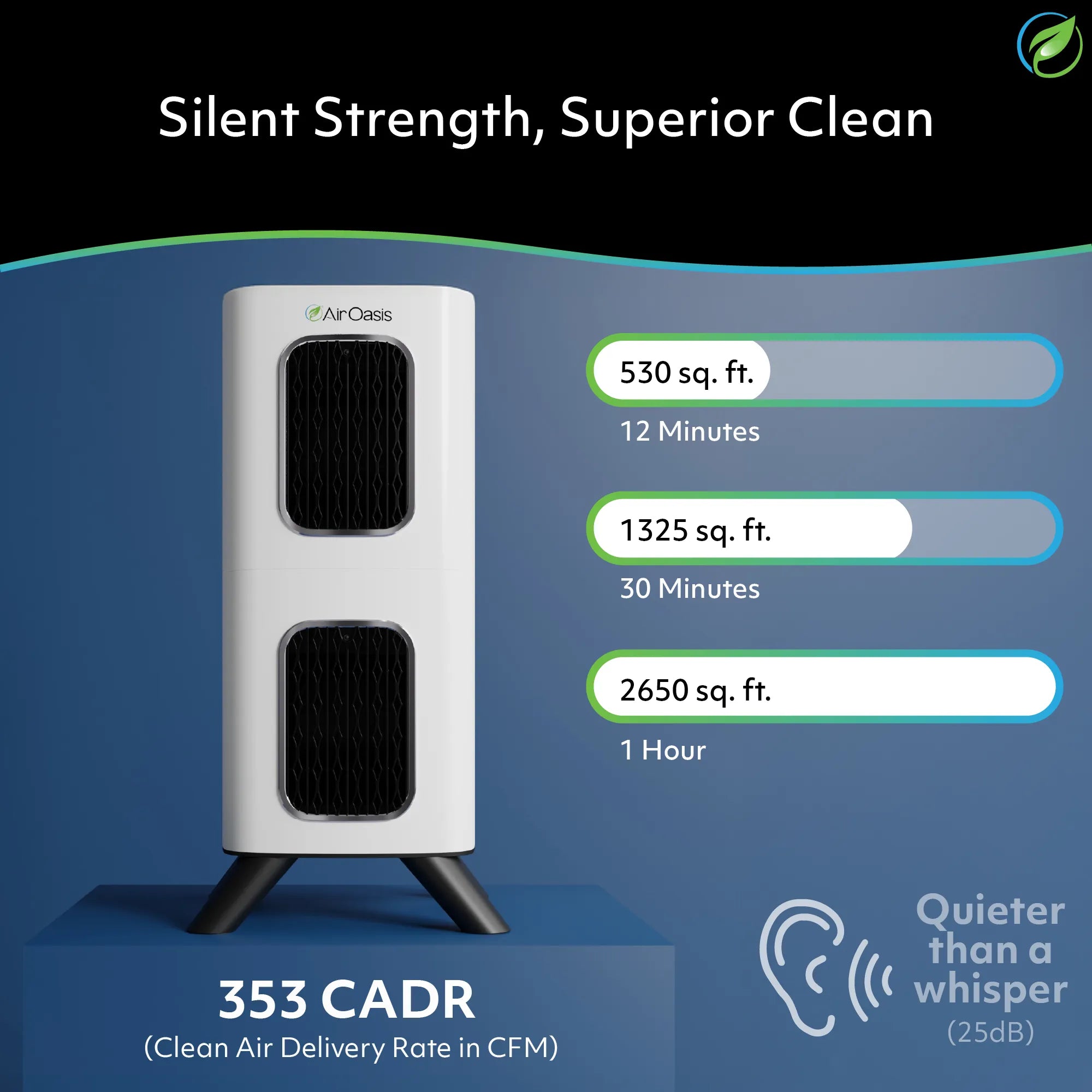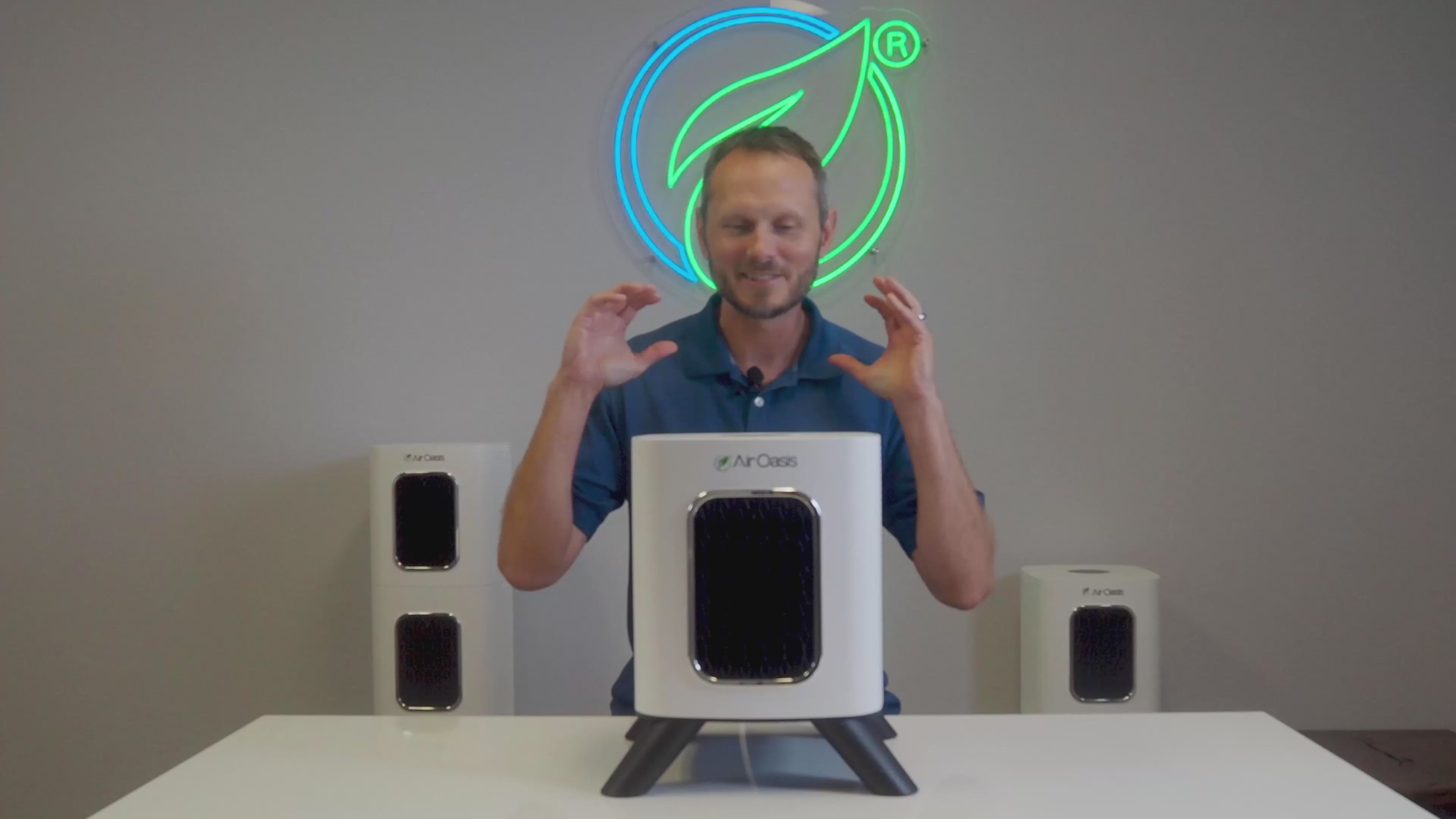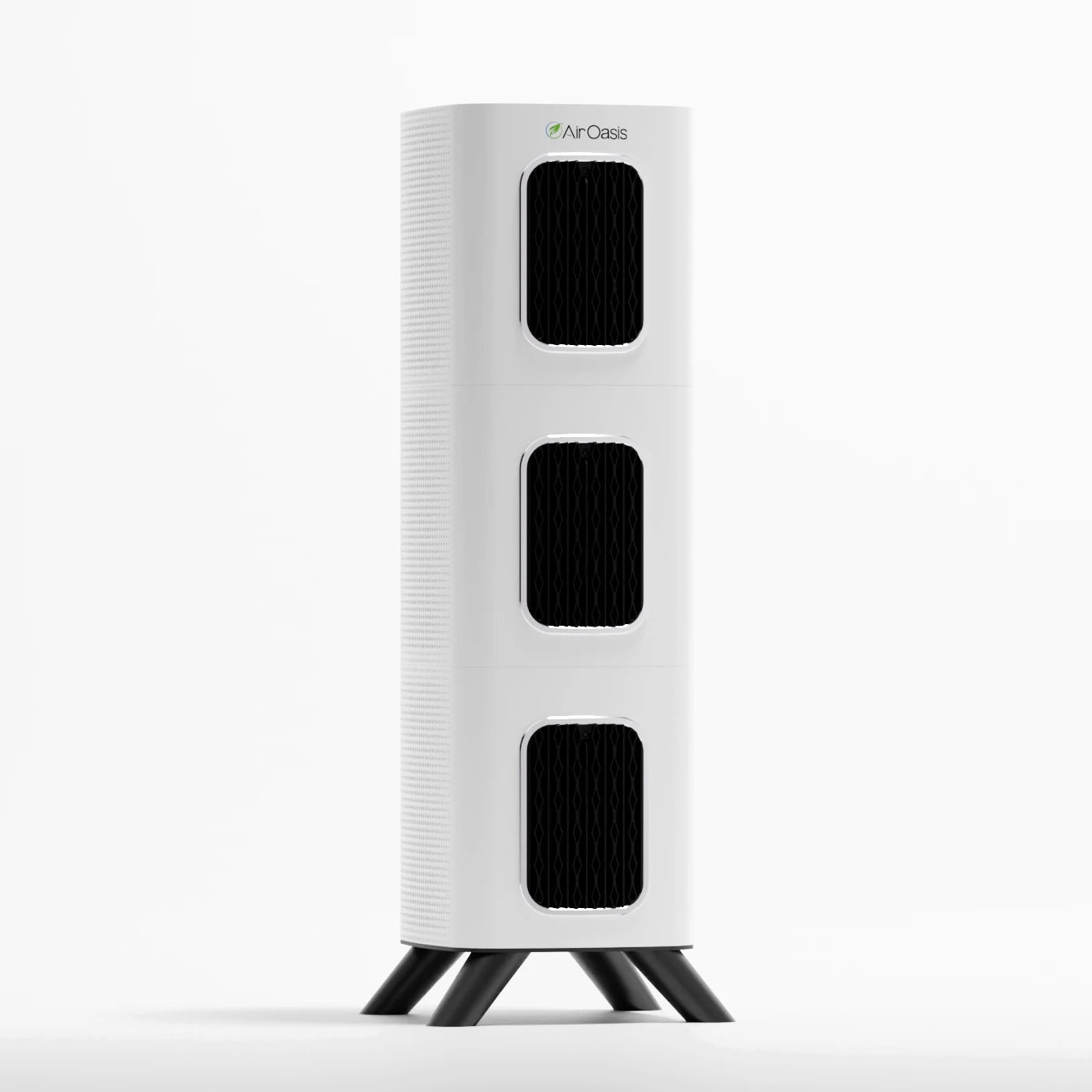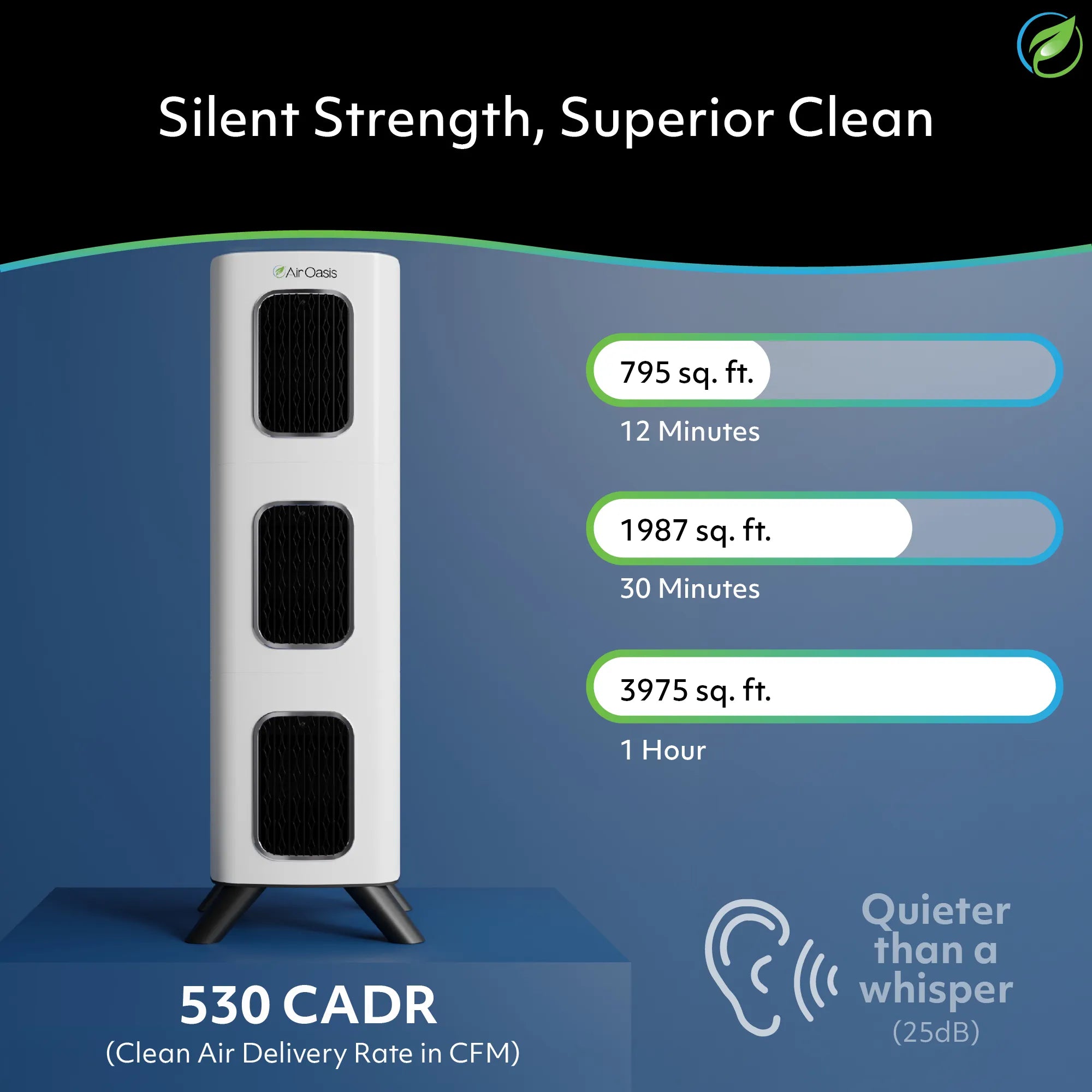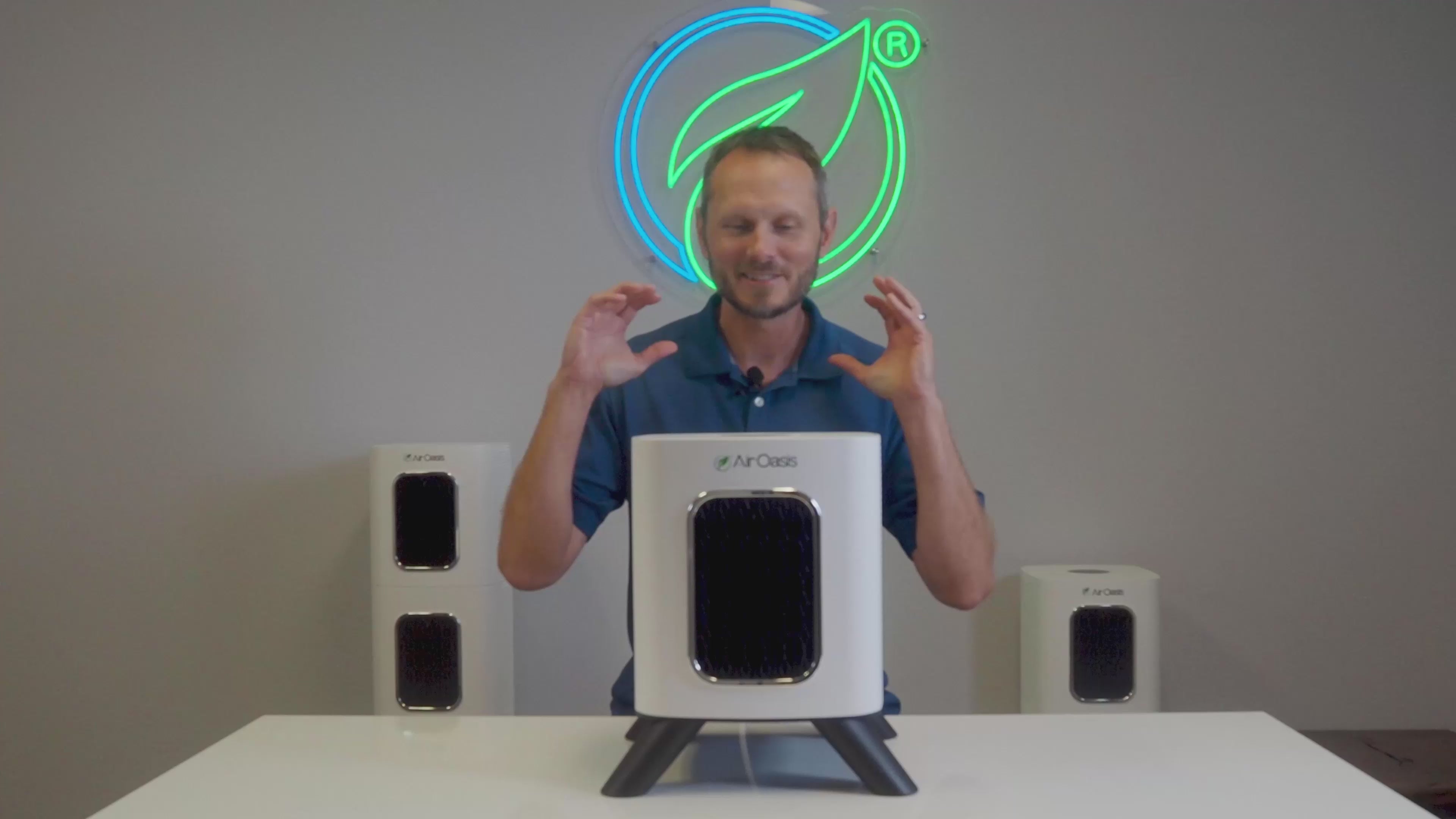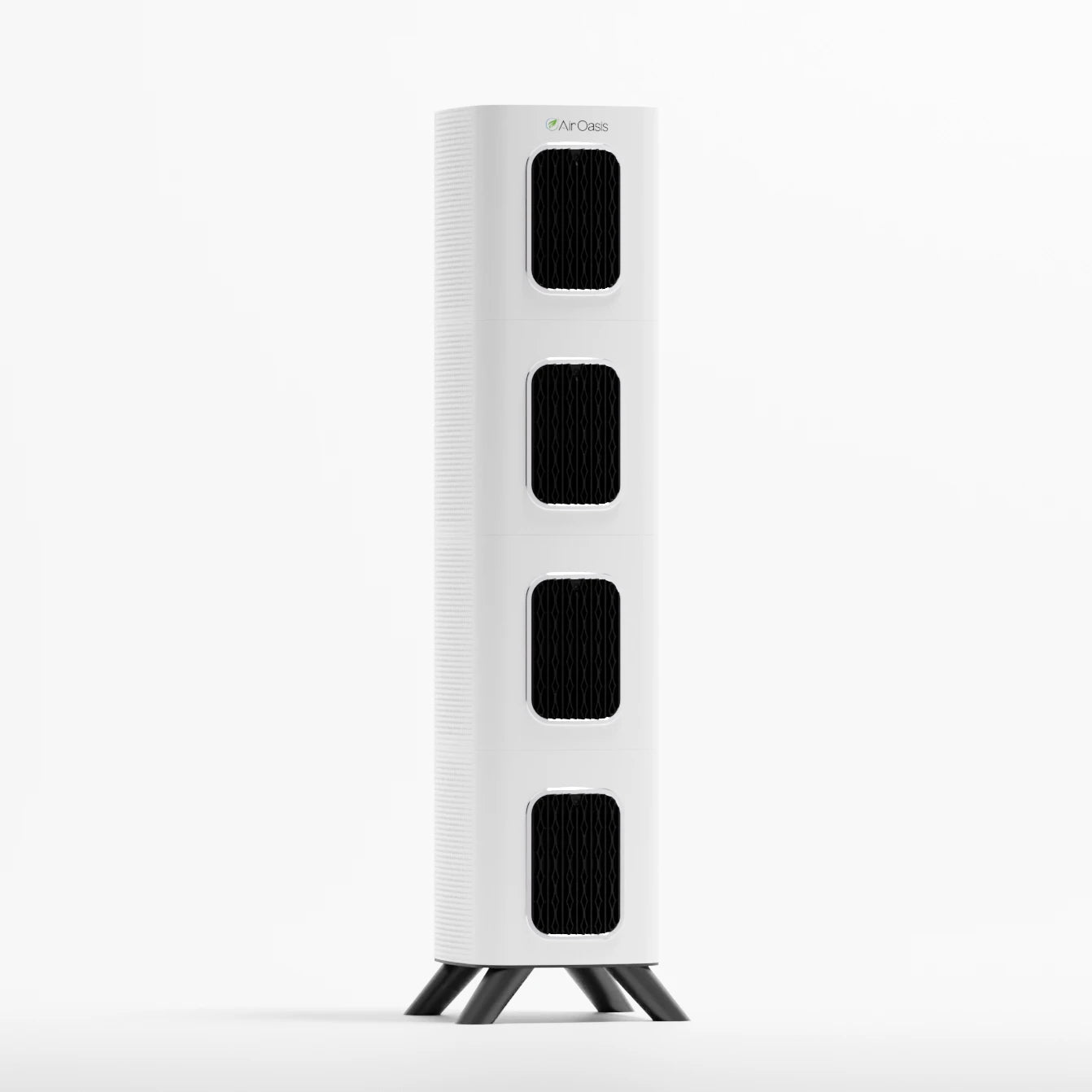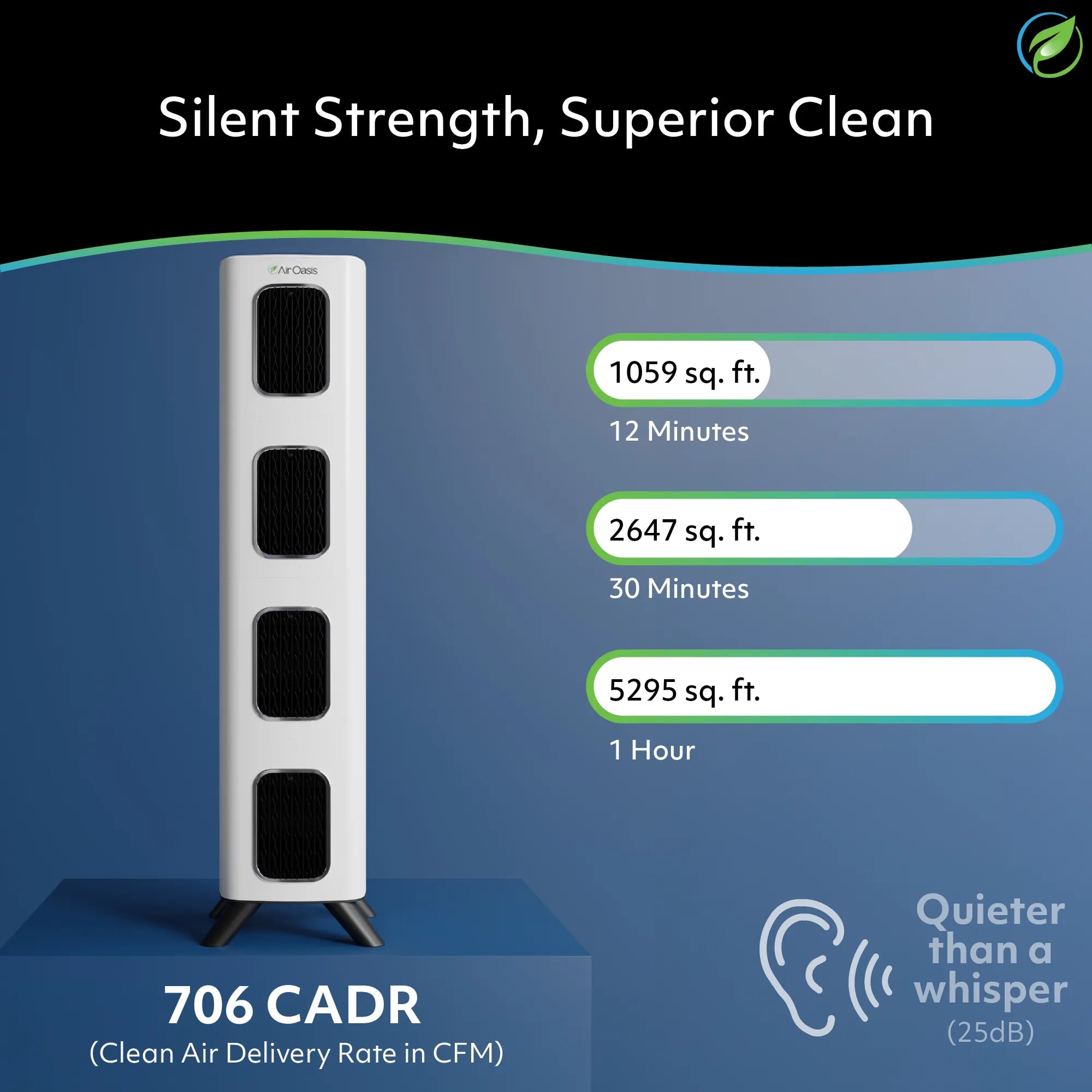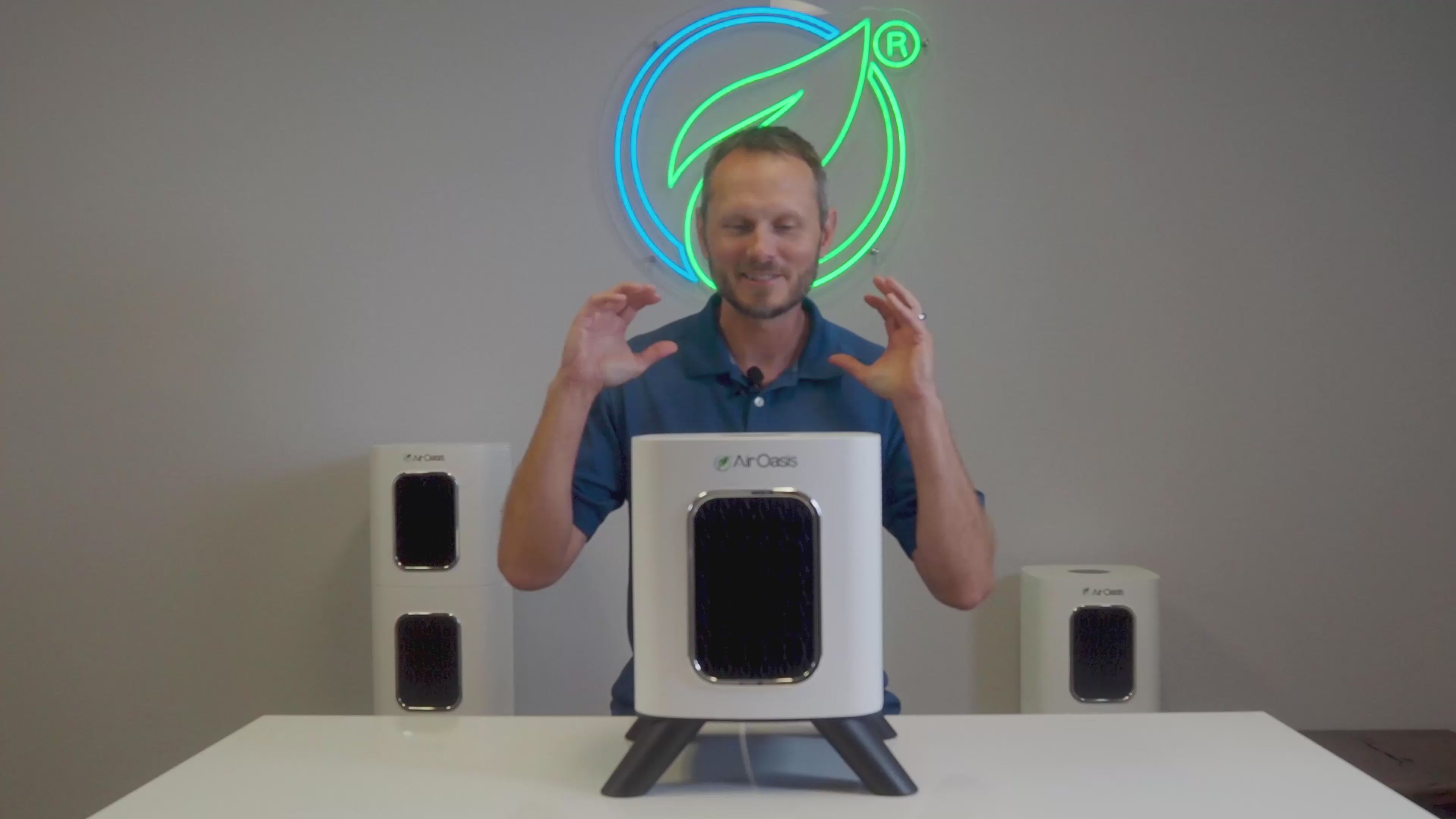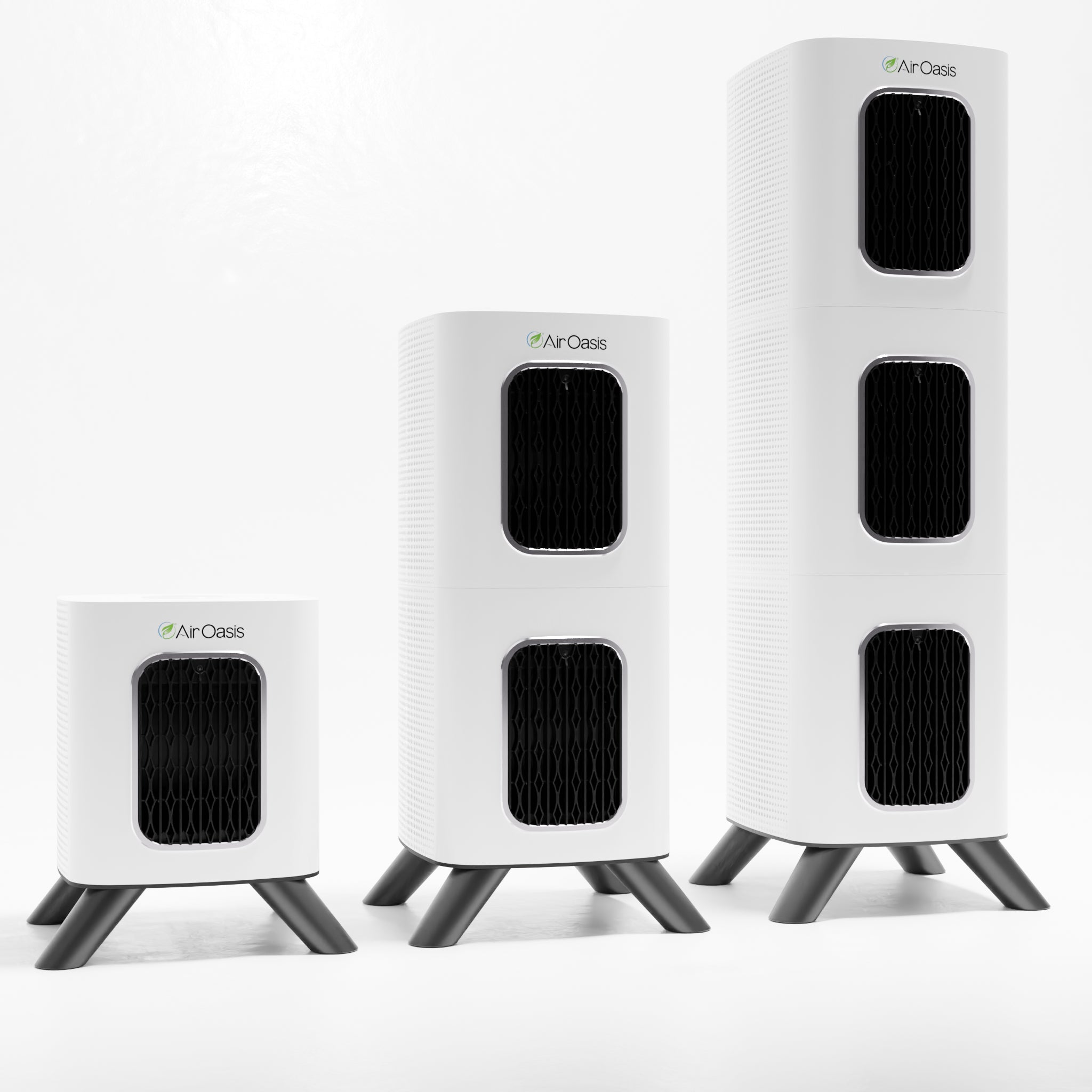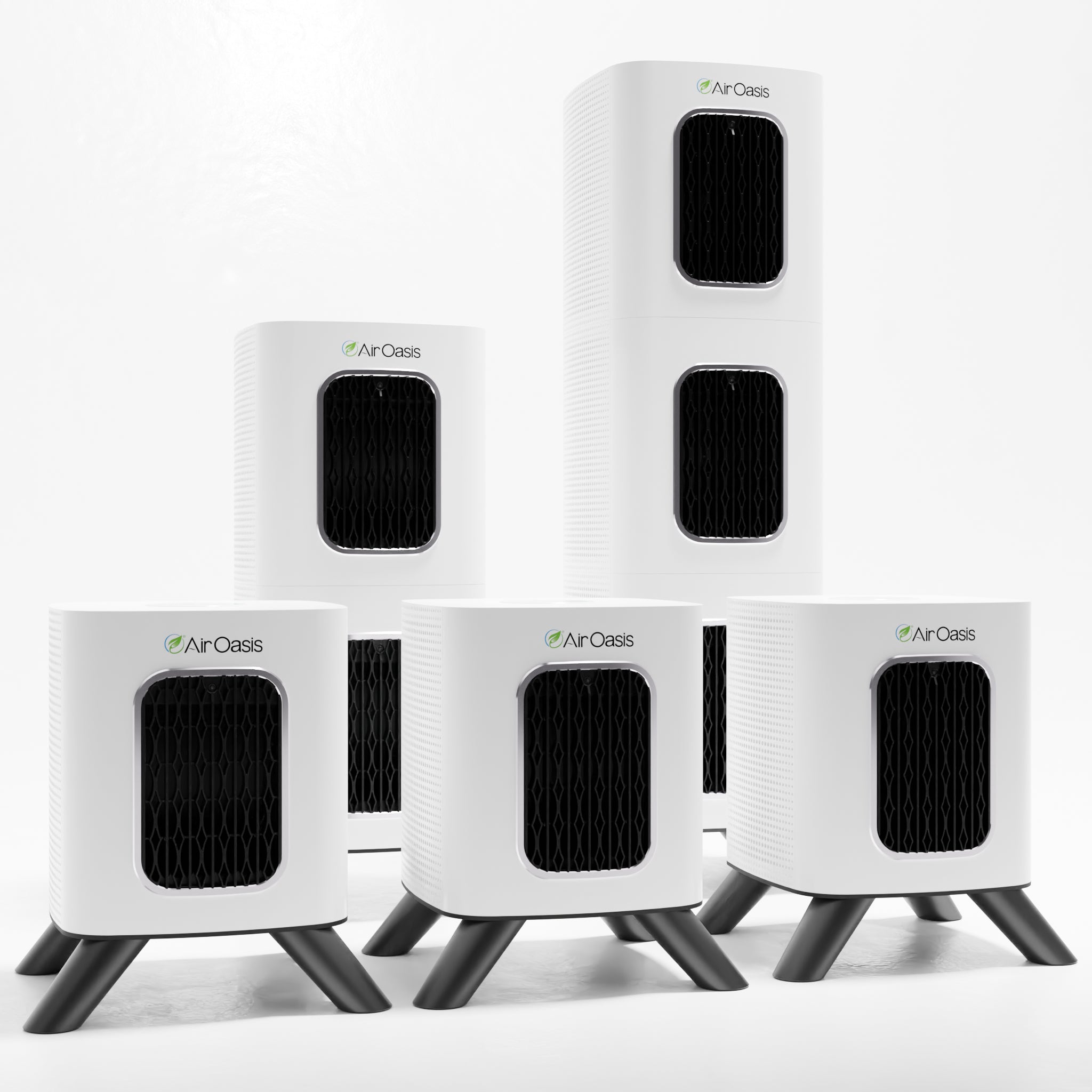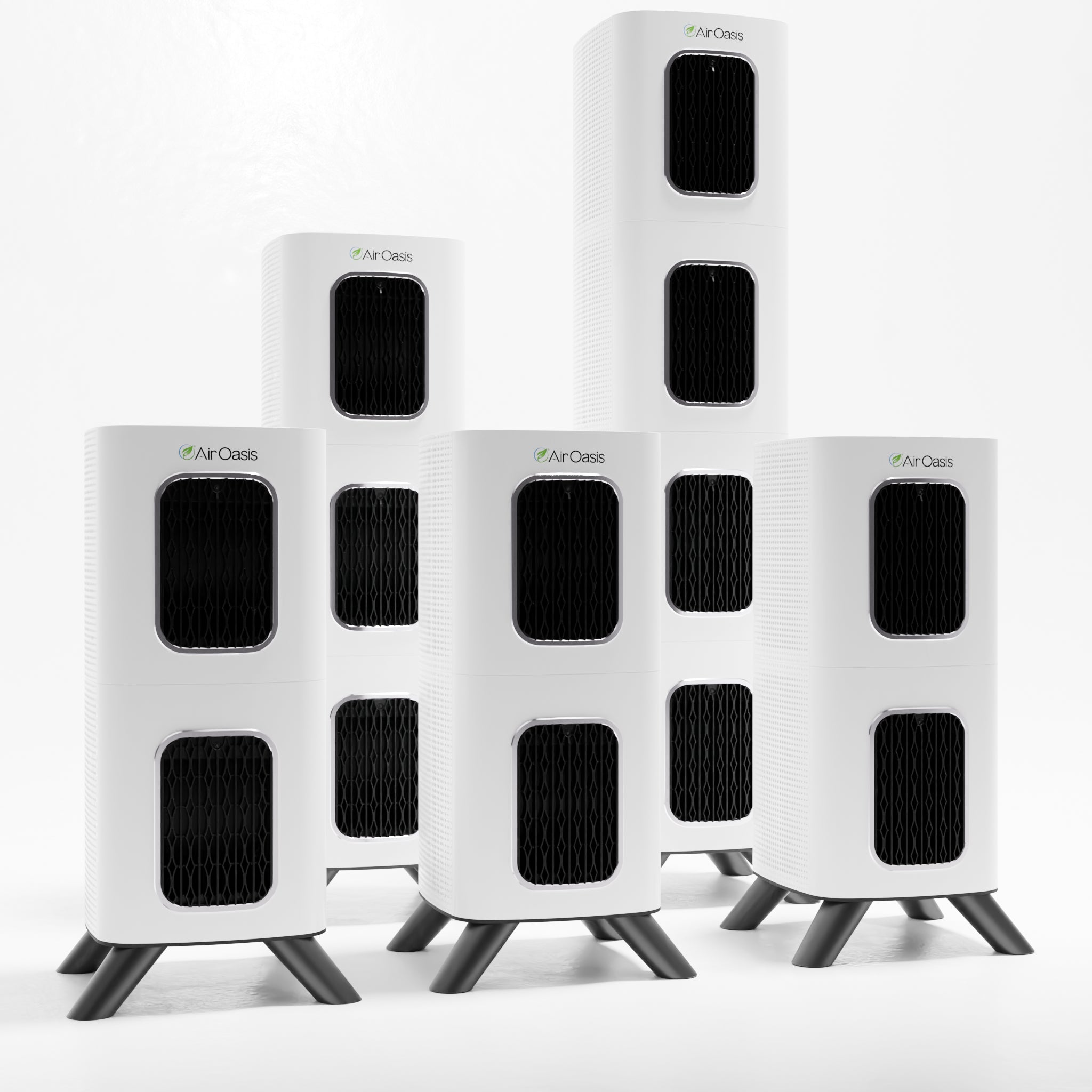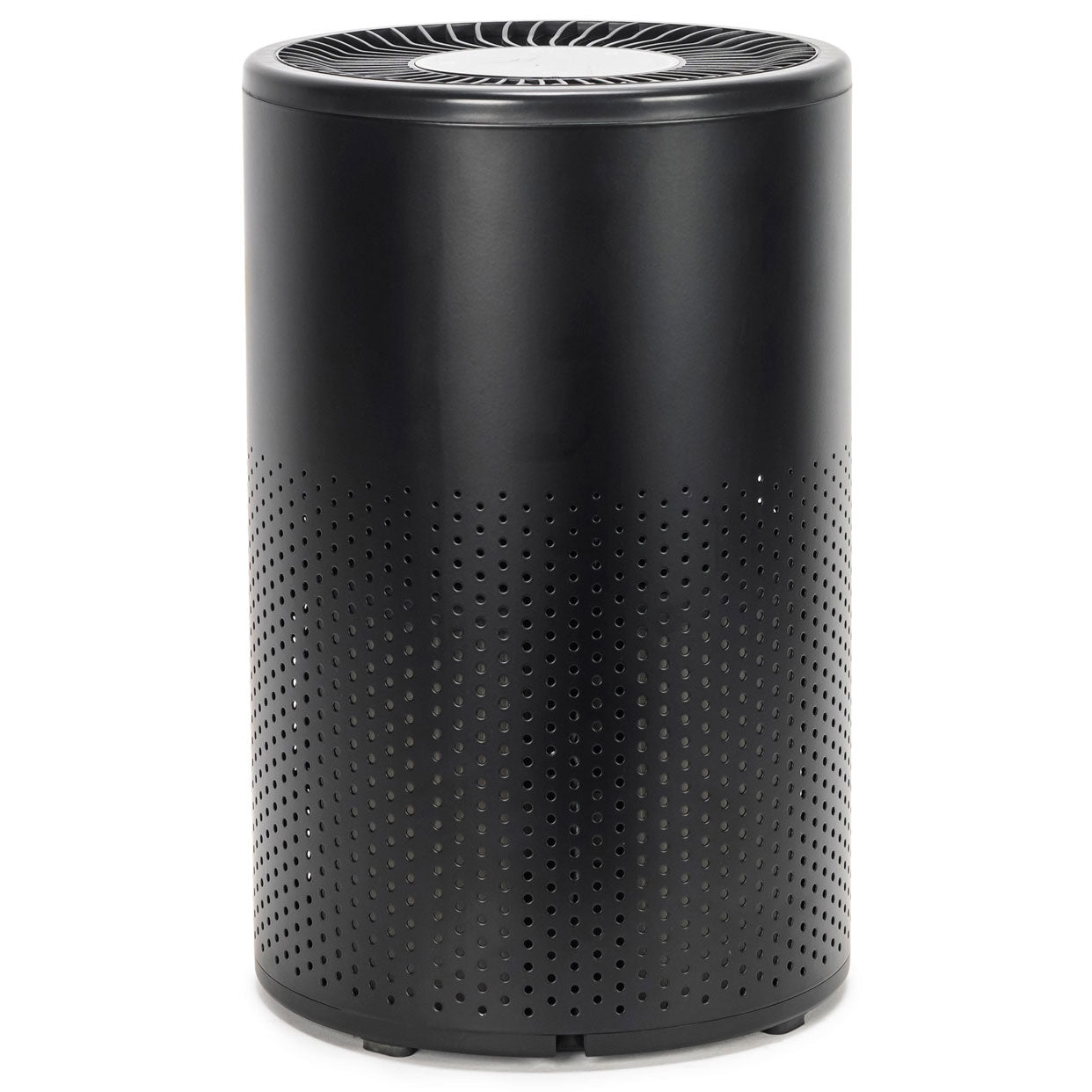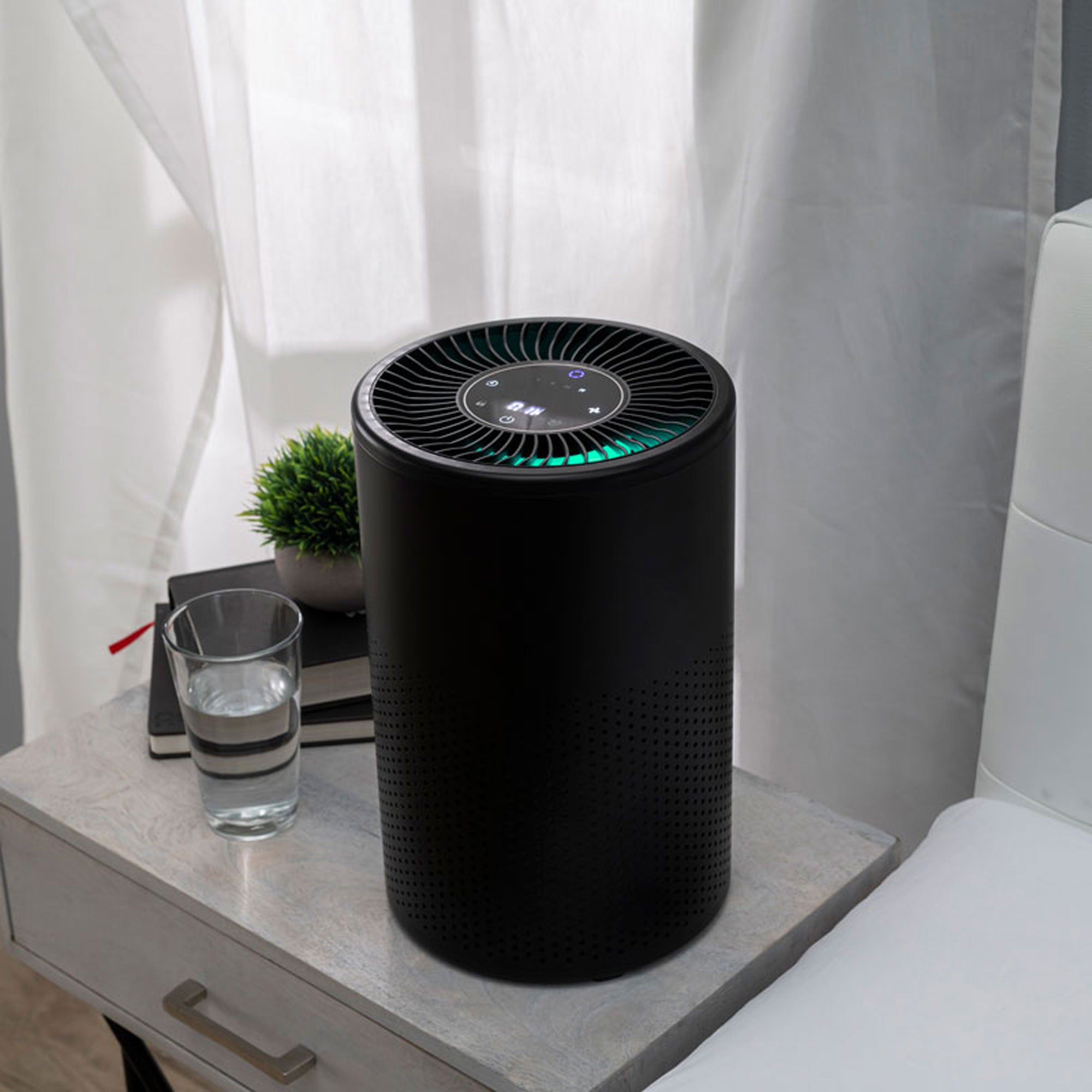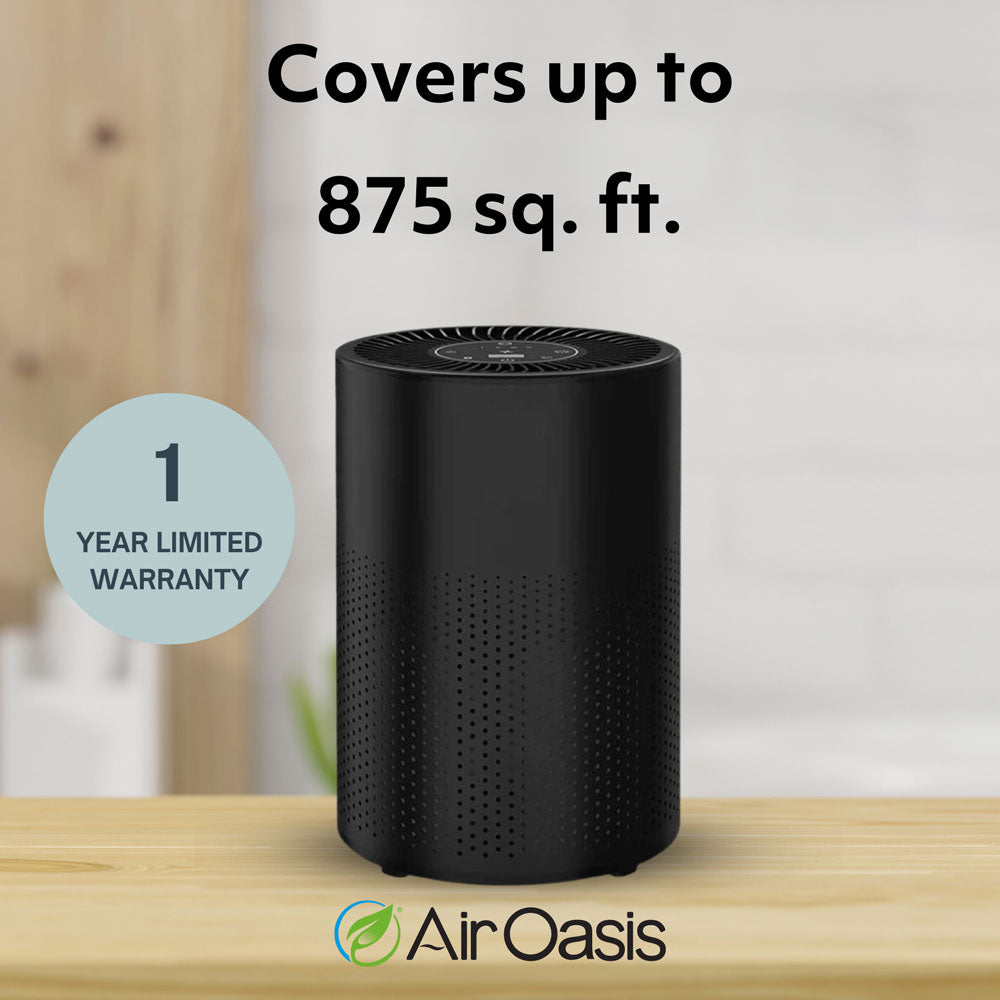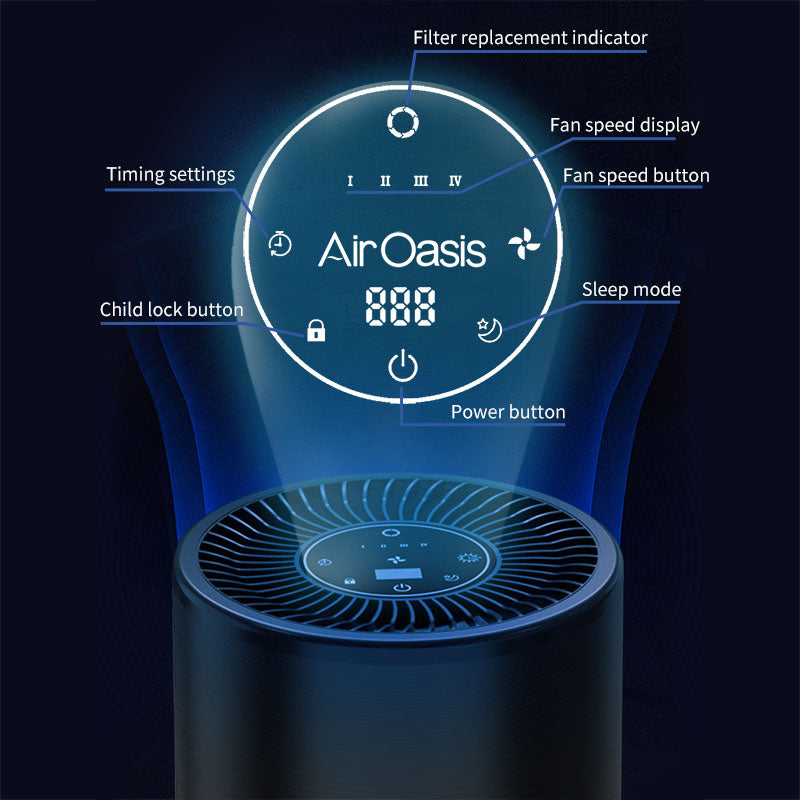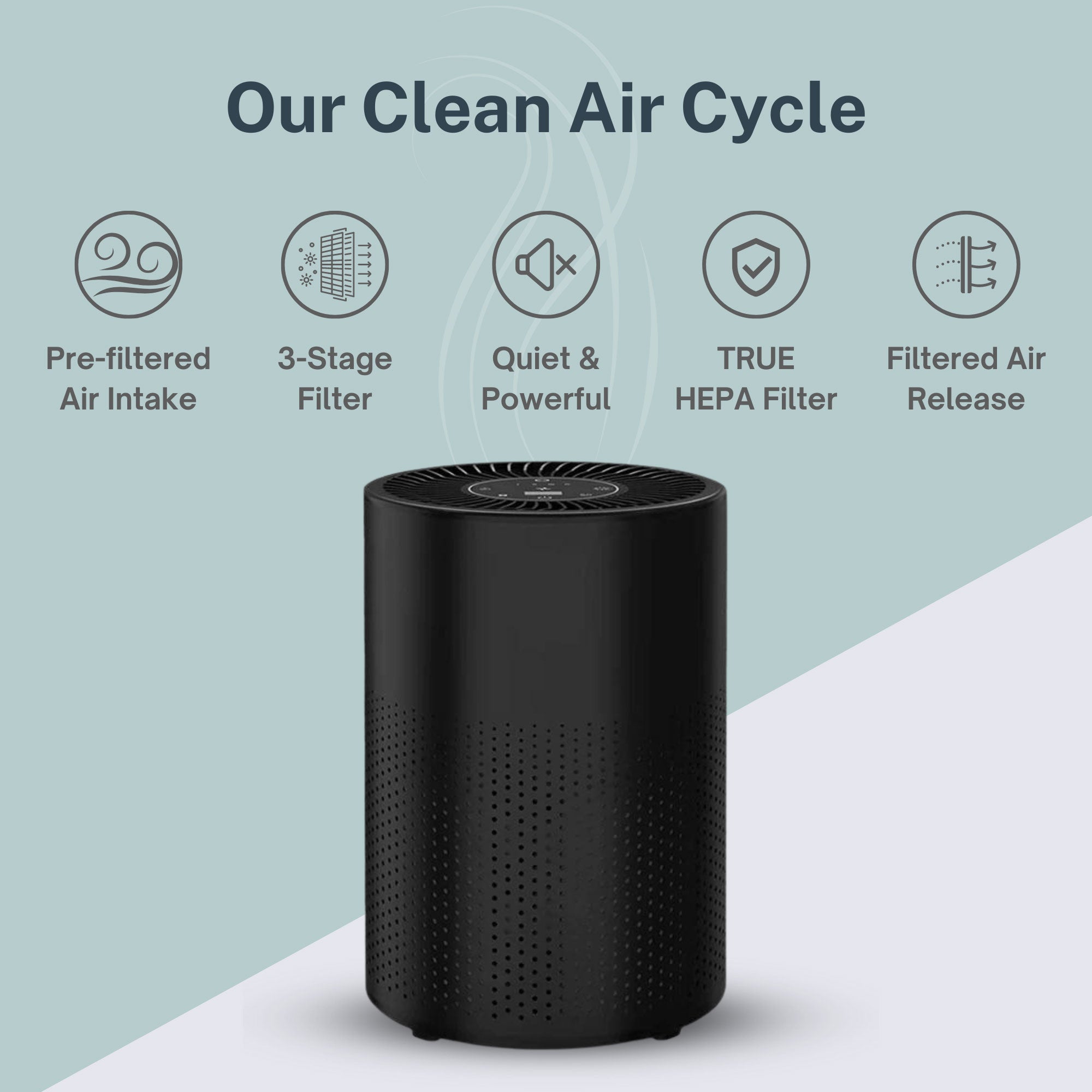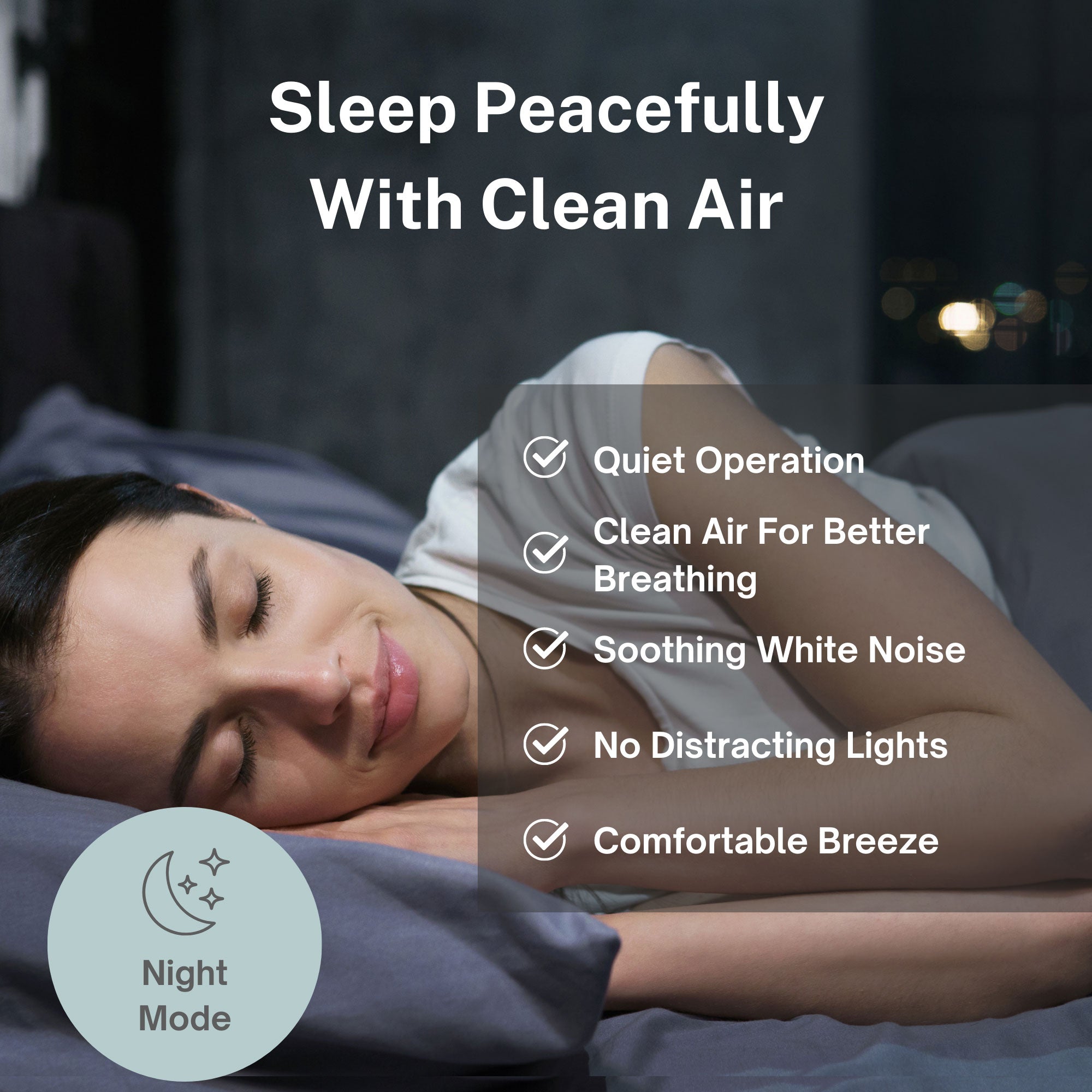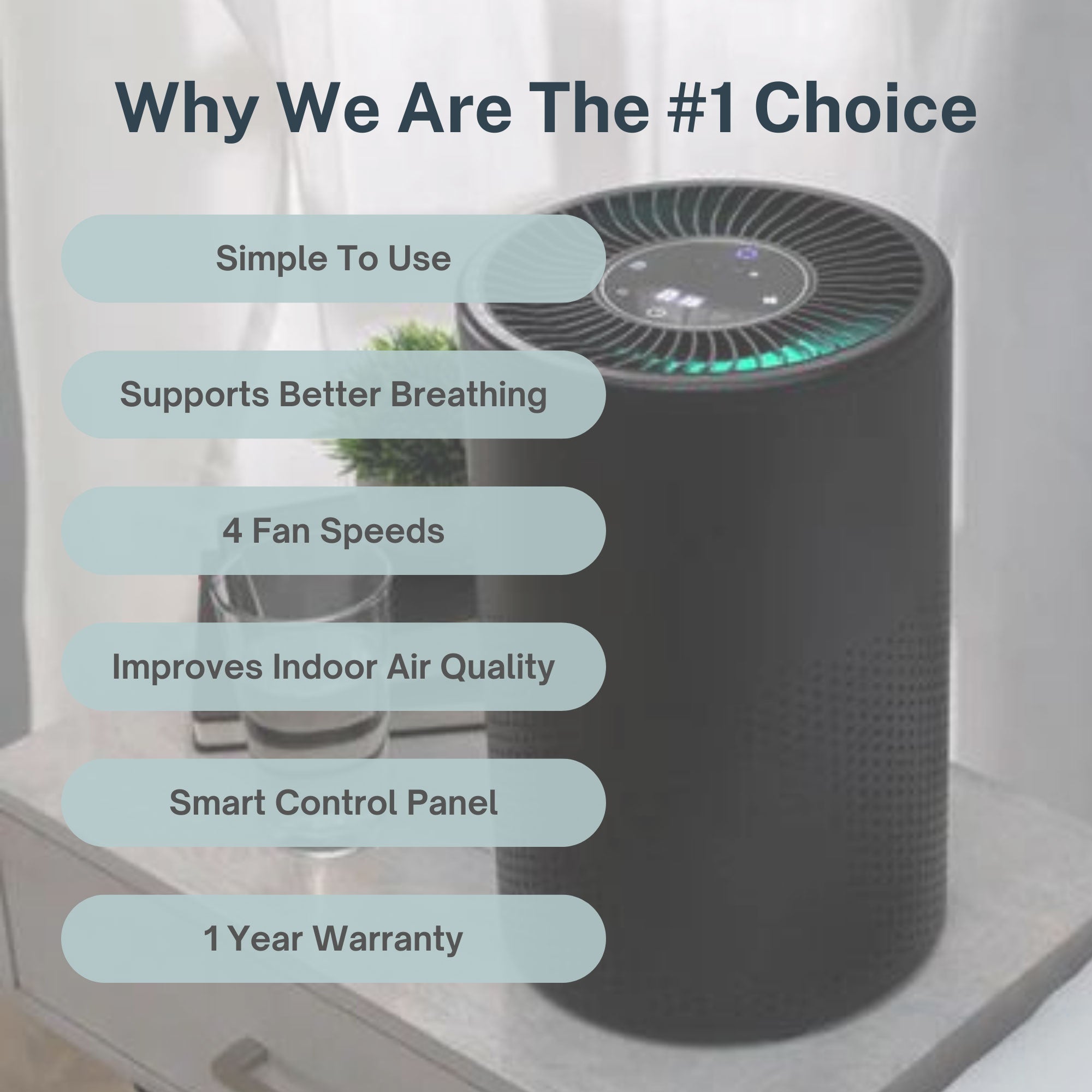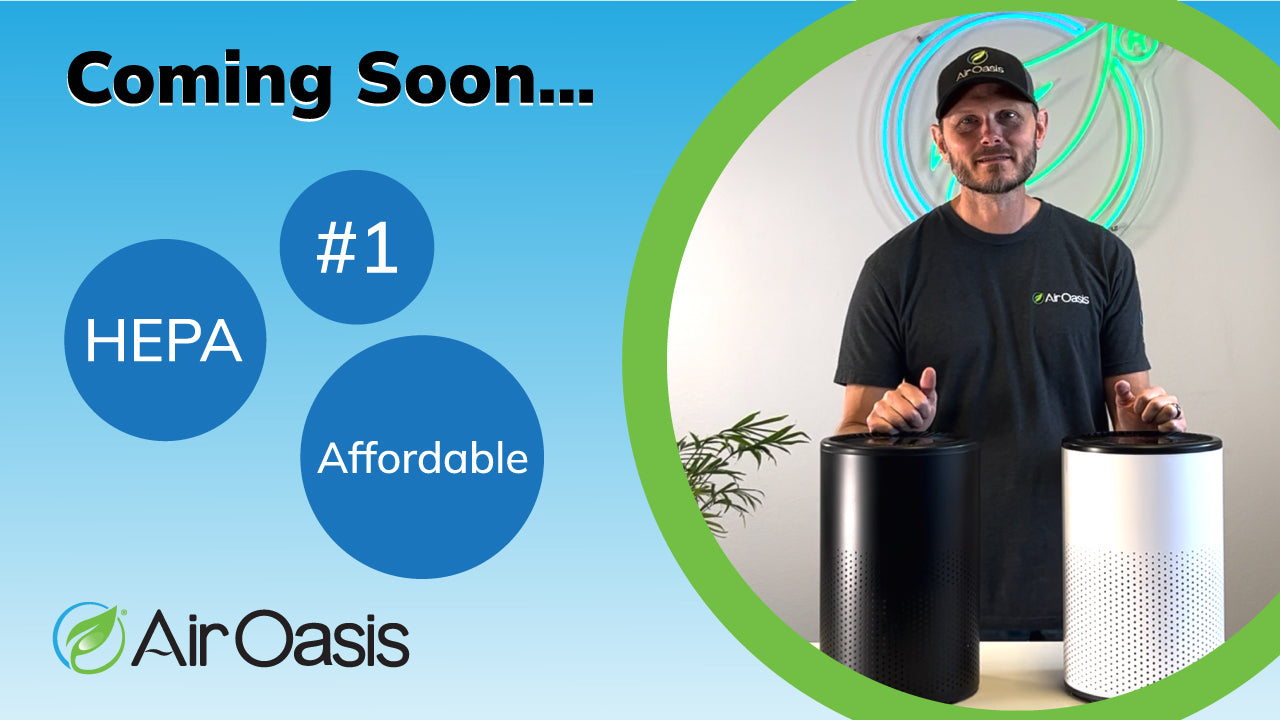Minneapolis Memorial Day Air Quality Crisis: What Happened and Why Indoor Air Protection Matters
Tens of thousands of Minneapolis residents received urgent warnings to stay indoors during Memorial Day 2025 as wildfire smoke created hazardous air quality conditions across the Twin Cities metropolitan area. The U.S. Environmental Protection Agency's AirNow monitoring system showed extensive orange-level air quality alerts, indicating conditions that were "unhealthy for sensitive groups" throughout Minneapolis, Faribault, Lakeville, Maple Grove, Minnetonka, Eden Prairie, and the Minnesota Valley National Wildlife Refuge.
The crisis unfolded as Minnesota battled multiple wildfires over the Memorial Day weekend, adding to the devastation from earlier blazes that had already consumed more than 35,000 acres of land. Combined with stagnant weather conditions and light surface winds, the wildfire smoke created a dangerous atmospheric situation that trapped pollutants close to ground level, directly impacting the air that millions of residents breathed during what should have been a celebratory holiday weekend.
The Health Impact of Wildfire Smoke Exposure
The Minneapolis air quality emergency highlighted the serious health risks associated with wildfire smoke exposure, particularly for individuals with pre-existing respiratory and cardiovascular conditions. According to the EPA's response to the crisis, wildfire smoke contains a complex mixture of gases and fine particles that pose significant health threats when inhaled.
The most dangerous component of wildfire smoke consists of microscopic fine particles that can penetrate deep into the respiratory system and even enter the bloodstream. These particles were measured at levels that caused burning eyes, runny noses, and respiratory irritation for healthy individuals, while posing much more serious risks for people with asthma, heart conditions, and other chronic health issues.
During the Memorial Day crisis, health officials documented cases of aggravated chronic heart and lung diseases, with emergency rooms seeing increased visits from individuals experiencing breathing difficulties. The EPA's warning that fine particles are "linked to premature deaths in people with these conditions" underscored the severity of the air quality situation that Minneapolis residents faced.
Children, elderly residents, and individuals with compromised immune systems experienced the most severe health impacts during the crisis. The prolonged exposure to poor air quality over the holiday weekend created cumulative health effects that extended beyond the immediate respiratory symptoms, affecting cardiovascular function and overall wellness for vulnerable populations throughout the metropolitan area.
When Outdoor Air Quality Fails, Indoor Protection Becomes Critical
The Minneapolis Memorial Day crisis demonstrated a crucial reality that health-conscious individuals must understand: even when outdoor air quality becomes dangerous, indoor air often provides inadequate protection without proper air purification systems. EPA officials acknowledged during the crisis that "even with doors and windows kept closed, some of the smoke from outdoors can enter your home and make it unhealthy to breathe indoor air, too."
Traditional home ventilation systems proved insufficient during the wildfire smoke event, as standard HVAC filters failed to capture the microscopic particles that posed the greatest health risks. Many Minneapolis residents discovered that their homes offered little refuge from the outdoor air quality crisis, with indoor air quality measurements showing significant contamination despite closed windows and doors.
The crisis highlighted the importance of comprehensive indoor air purification systems that can effectively filter microscopic particles, volatile organic compounds, and other pollutants that infiltrate homes during environmental emergencies.
Advanced air purification systems proved essential for Minneapolis families who needed to maintain safe indoor environments during the extended air quality emergency. Systems incorporating HEPA filtration, activated carbon, and additional purification technologies successfully removed wildfire smoke particles and associated pollutants, creating safe indoor sanctuaries while outdoor air remained dangerous to breathe.
The Limitations of Standard Indoor Air Quality Advice
During the Minneapolis crisis, EPA recommendations focused on basic measures such as avoiding frying or broiling food, not using candles, and eliminating cigarette or vape smoke to prevent additional indoor air pollution. While these suggestions helped prevent further indoor air quality degradation, they failed to address the fundamental problem of outdoor pollutants infiltrating indoor spaces.
Standard advice to "stay indoors" during air quality emergencies assumes that indoor air automatically provides adequate protection from outdoor pollutants. The Minneapolis Memorial Day experience demonstrated that this assumption often proves false during severe air quality events, leaving residents vulnerable to health risks even within their homes.
The crisis revealed that many Minneapolis residents lacked access to effective indoor air purification systems capable of handling the volume and type of pollutants generated by wildfire smoke. Traditional air fresheners, basic ventilation improvements, and standard HVAC systems proved inadequate for protecting indoor air quality during the extended emergency period.
Professional-grade air purification became essential for maintaining safe indoor environments during the crisis. Families with advanced air purification systems reported significantly better indoor air quality measurements and fewer health symptoms compared to those relying solely on basic protective measures recommended by health authorities.
Lessons Learned for Future Air Quality Emergencies
The Minneapolis Memorial Day air quality crisis provided valuable insights into how communities can better prepare for similar environmental emergencies. The event demonstrated that effective emergency preparedness requires proactive investment in indoor air quality protection rather than reactive responses to outdoor air quality warnings.
Weather patterns during the crisis showed how atmospheric conditions can trap pollutants for extended periods, creating prolonged exposure risks that standard emergency protocols inadequately address. The Minnesota Pollution Control Agency's forecast accurately predicted that high pressure systems would maintain poor air quality conditions, but existing emergency response systems provided limited options for protecting public health during the extended event.
The crisis highlighted the need for comprehensive indoor air quality management that functions independently of outdoor environmental conditions. Air Oasis indoor air purification systems offer the technological capabilities needed to maintain healthy indoor environments regardless of external air quality challenges.
Community preparedness for future air quality emergencies now requires recognition that indoor air protection represents a critical component of public health emergency planning. The Minneapolis experience demonstrated that individual households must take responsibility for maintaining safe indoor air quality rather than relying solely on outdoor air quality improvements or basic emergency shelter guidance.
Take Control of Your Indoor Air Quality Before the Next Crisis
The Minneapolis Memorial Day air quality emergency serves as a powerful reminder that environmental health crises can develop rapidly and affect entire metropolitan areas for extended periods. While residents cannot control outdoor air quality during wildfire events, they can take decisive action to protect their indoor environments and safeguard their families' health.
The crisis demonstrated that waiting until air quality emergencies develop leaves families vulnerable to serious health risks that proper preparation could prevent. ProactiveJoy Youell investment in comprehensive indoor air purification provides the protection needed when outdoor conditions become dangerous, ensuring that homes remain safe havens regardless of external environmental challenges.
Don't wait for the next air quality crisis to threaten your family's health. Learn from the Minneapolis Memorial Day experience and invest in the indoor air quality protection that provides security when outdoor conditions become hazardous. Shop Air Oasis today nd ensure your home offers the comprehensive air quality protection your family deserves during environmental emergencies.


